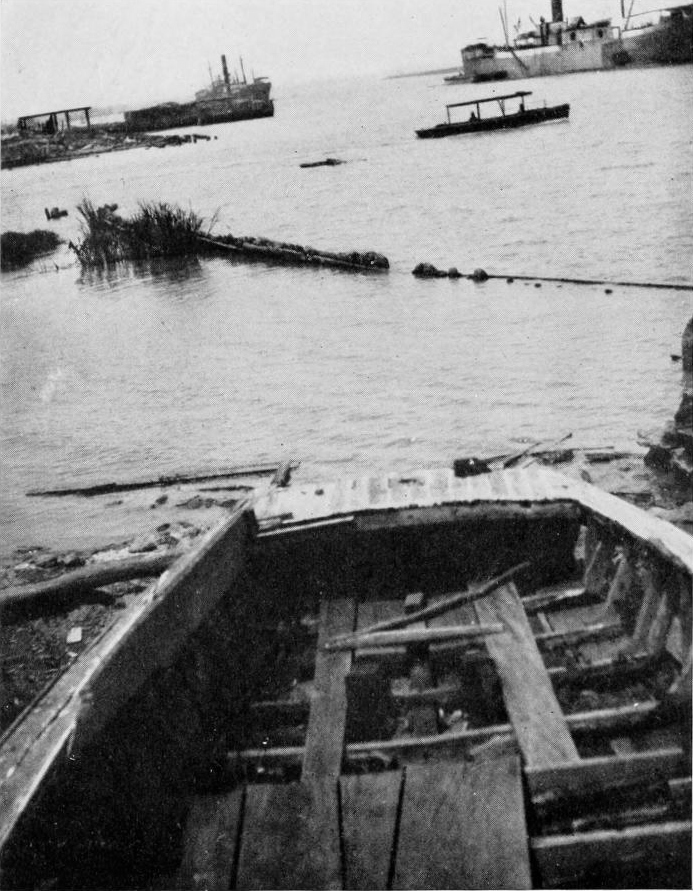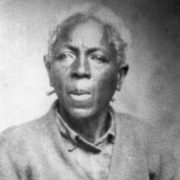By Sylviane A. Diouf, PHD, National Geographic
She was just two years old when she arrived in Mobile, Alabama, in July 1860, a captive aboard the infamous Clotilda, the last known slave ship to bring Africans to America. She died in 1940 at the age 82, making her the last known survivor of the last known slave ship. Her name was Matilda McCrear.
Only a year ago, headlines announced that another Clotilda captive—Redoshi, aka Sally Smith—was discovered to be the longest-lived survivor. Before her, the titleholder was Cudjo Lewis. Now, after months of research, I’ve determined that McCrear outlasted them both.

McCrear’s granddaughter, Eva Berry, now 92, remembers her as a dark-skinned woman with long hair. “She talked to me about her mama and her sisters on the ship,” she recalls, “how they arrived in Mobile and then had to leave when they were bought.”
Her grandson, Johnny Crear, 83, told me that his forebears described her as a “rambunctious lady” and talked about the “marks” on her face.
Those facial scars offer clear evidence of McCrear’s origin, says Olabiyi Babalola Yai, an expert in African cultures. They also reveal her given name.
Featured Image, An undated portrait of Matilda McCrear, the slave ship Clotilda‘s last survivor, shows her in her later years. She died in 1940 at age 82. John Crear
Full article @ National Geographic
KOLUMN Magazine – Context
Clotilda (Slave Ship)
The schooner Clotilda (often misspelled Clotilde) was the last known U.S. slave ship to bring captives from Africa to the United States, arriving at Mobile Bay in autumn 1859 or July 9, 1860, with 110–160 slaves. The ship was a two-masted schooner, 86 feet (26 m) long with a beam of 23 ft (7.0 m).
The importation of slaves into the United States had been banned by Congress through the Act Prohibiting Importation of Slaves enacted on March 2, 1807 (effective January 1, 1808), but the practice continued illegally until this vessel was burned and scuttled soon after arrival at Mobile Bay in an attempt to destroy the evidence. The sponsors had arranged to buy slaves in Whydah, Dahomey, on May 15, 1859.
Cudjo Kazoola Lewis was said to be a chief and the oldest slave on the ship. After the Civil War, he and thirty-one other former slaves founded Africatown on the north side of Mobile, Alabama. They were joined by other continental Africans and formed a community that continued to practice many of their West African traditions and Yoruba language for decades.

A spokesman for the community, Kazoola Lewis lived until 1935 and was one of the last survivors from the Clotilda. Redoshi, another captive on the Clotilda, was sold to a planter in Dallas County, Alabama, where she became known also as Sally Smith. She married, had a daughter, and lived to 1937 in Bogue Chitto. She was thought to have been the last survivor of the Clotilda, until further research published in 2020 indicated that another survivor, Matilda McCrear, lived until 1940.
Some 100 descendants of the Clotilda slaves still live in Africatown, and others are around the country. After World War II, the neighborhood was absorbed by the city of Mobile. A memorial bust of Lewis was placed in front of the historic Union Missionary Baptist Church. The Africatown historic district was listed on the National Register of Historic Places in 2012.


You must be logged in to post a comment.